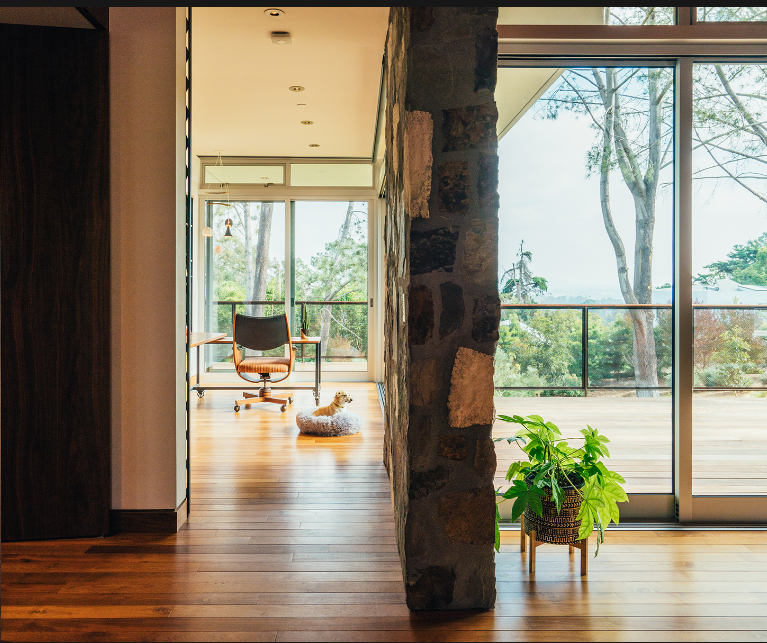Home design plays a critical role in shaping the quality of indoor environments and has the potential to significantly impact the health and well-being of occupants. By incorporating thoughtful design strategies, materials, and technologies, architects and interior designers can create living spaces that are not only aesthetically pleasing but also promote physical and mental health. Here are some key aspects of home design that contribute to creating healthy indoor environments:
Ventilation and Air Quality: Proper ventilation is essential for maintaining indoor air quality. Well-designed homes incorporate ventilation systems that bring in fresh air while expelling indoor pollutants, such as volatile organic compounds (VOCs) and allergens. Additionally, the use of low-emission materials, paints, and finishes can help minimize indoor air pollution.
Natural Light and Biophilic Design: Natural light has a significant impact on human health and well-being. Homes designed to maximize natural light exposure can enhance mood, regulate circadian rhythms, and reduce the need for artificial lighting. Biophilic design principles, which integrate elements of nature into interior spaces, have also been shown to reduce stress, increase productivity, and improve overall well-being.
Acoustic Comfort: A well-designed home considers acoustic comfort, minimizing noise pollution and creating a peaceful living environment. Sound-absorbing materials, strategic room layout, and acoustic ceiling and wall treatments can help reduce noise disturbance and improve the overall indoor experience.
Indoor Greenery: Incorporating indoor plants and greenery into home design can have positive effects on air quality and mental well-being. Plants can help purify the air by removing toxins and adding moisture, while also contributing to a sense of serenity and connection to nature.
Ergonomic and Universal Design: Homes designed with ergonomic principles and universal design concepts can improve accessibility and safety for occupants of all ages and abilities. Features such as step-free entrances, accessible bathrooms, and ergonomic furniture contribute to a more inclusive and supportive living environment.
Toxin-Reducing Materials: Selecting building materials, furniture, and finishes that are low in volatile organic compounds and other harmful chemicals can minimize indoor air pollution and reduce the risk of adverse health effects for occupants.
Integration of Active Design: Active design principles emphasize physical activity and movement within the home. Incorporating features such as staircases, sit-stand workstations, and indoor exercise spaces can promote physical wellness and help combat sedentary behavior.
Sustainable and Healthy Building Practices: Sustainable building practices, such as energy-efficient design, green building materials, and efficient water management, contribute to a healthy indoor environment while also minimizing environmental impact.
In summary, incorporating health-conscious design elements and strategies into residential architecture and interior design can lead to homes that promote occupant well-being, comfort, and overall quality of life. By prioritizing factors such as indoor air quality, natural light, acoustic comfort, ergonomics, and biophilic design, home designers can create spaces that support the physical, emotional, and mental health of occupants.
